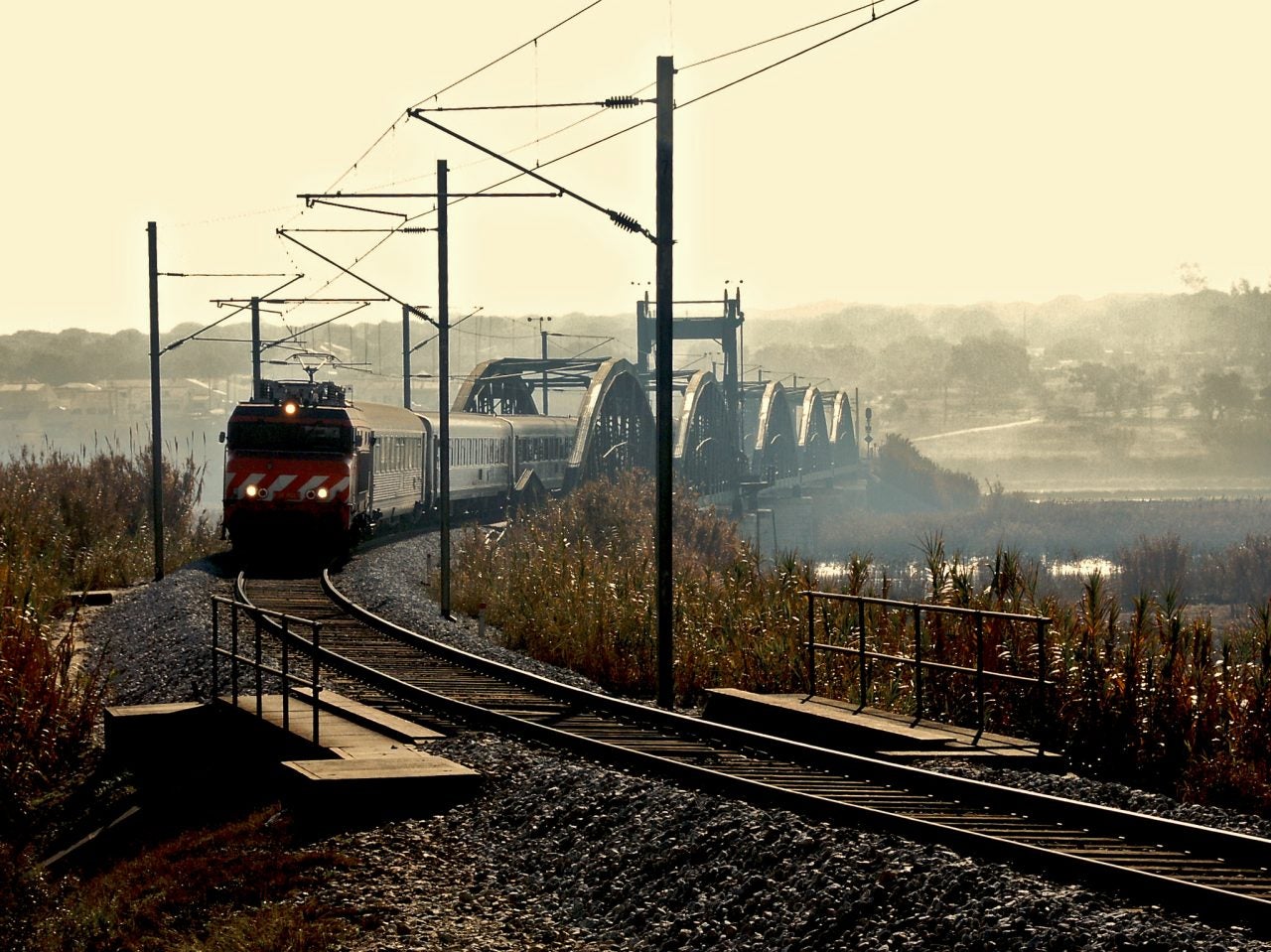
“Why the Porto – Lisbon line? Because this is the train line that changes the face of the country. It is a revolution in the structure of the territory and in the of personal, family and economic relationships that can be established.”
Speaking at the Portugal Railway Summit 2021 in January, Portuguese Minister of Infrastructure and Housing Pedro Nuno Santos used these words to describe the government’s decision to revive the Porto-Lisbon high-speed line, which will connect Portugal’s two biggest cities in about one hour and 15 minutes, cutting travel times in half.
Presented in October as part of National Investment Programme (PNI) 2030, the project will be delivered in multiple phases and feature several connections with the existing main line.
The high-speed railway will cost €4.5bn, almost half of the €10bn railway investments provided by the Portuguese Government under PNI 2030.
A troubled history
Building a high-speed railway line to reduce travelling times between Lisbon and Porto was not the current government’s idea; it was initially announced more than 20 years ago.
How well do you really know your competitors?
Access the most comprehensive Company Profiles on the market, powered by GlobalData. Save hours of research. Gain competitive edge.

Thank you!
Your download email will arrive shortly
Not ready to buy yet? Download a free sample
We are confident about the unique quality of our Company Profiles. However, we want you to make the most beneficial decision for your business, so we offer a free sample that you can download by submitting the below form
By GlobalData“We’re not inventing anything new,” Nuno Santos reportedly said when presenting the plan in October. “João Cravinho had already arrived at this conclusion, but unfortunately, we wasted a lot of time.”
João Cravinho was the planning minister during the government of Antonio Guterres between 1995 and 2002, and the person who initially launched the project in 1999.
As reported by Portugal Resident, the then-minister had said: “In 1999, we have arrived at the right time to advance with the best solution to get closer to the main cities in the country, to shorten travelling times in Portugal.”
The project was abandoned shortly after this, but was resumed in 2008 under the government of José Sócrates, who launched an international tender for a high-speed railway between the towns of Poceirão and Gaia as part of a high-speed rail project to connect Lisbon and Madrid.
The project was eventually set aside because of the 2008 global financial crisis and a recession that brought Portugal to the brink of an economic collapse.
Connecting Lisbon to Porto (and eventually Spain)
As reported by the Railway Gazette, the first part of the Lisbon – Porto line will focus on linking the towns of Gaia to Soure, a municipality in the district of Coimbra. This initial link, which covers half the original distance between Lisbon and Porto, will initially be built using an Iberian gauge of 1,668mm, which will enable trains to reach 250km/h.
Eventually, the Iberian gauge will be replaced by a European one, which will allow trains to travel at a predicted speed of 300km/h. The increased train speed, reported Público, will require the construction of new bridges, including one over the Douro river and another over the Tagus.
Subsequent phases will link the towns of Leiria and Marinha Grande, situated in the same district in central Portugal, and eventually create a connection with Lisbon. Connecting Lisbon to Porto will be beneficial for the whole country, Nuno Santos explained, as it will establish a link between the coast and inland.
“It is placing Leiria 35 minutes from Lisbon, Coimbra 35 minutes from Porto [and] Braga two hours from Lisbon,” he said. “All the territory that is along our Atlantic strip is, at most, a couple of hours [away].
“This is not just an investment on the coast, [since] all rail connections to the inland are linked to the coastal axis. It is for this reason that we, with Infraestructuras de Portugal, are developing this project with several points of connection to the north and west line.”
The Lisbon – Porto connection is not the only high-speed railway the Portuguese Government is working on, as plans to connect Porto to northern Spain were also unveiled.
The new project – whose first phase is set to be completed by 2030, for a total cost of €900m – will link the city of Braga, in northern Portugal, to the Galician city of Vigo.
The project’s second phase will involve connecting Braga to Porto, taking the total journey time to one hour.
PNI 2030: delivering huge investments in rail
Presented by Nuno Santos alongside climate action minister Matos Fernandes and agriculture minister Maria do Ceu Antunes, the PNI 2030 was considered fundamental for the planning of the EU’s next two budgets, from 2021 to 2030.
Focusing on areas such as transport, environment and energy, the PNI wants to reinforce the connectivity of territories, improving the conditions of infrastructure to decarbonise the economy according to EU frameworks.
Comprising a total of 85 programmes, the PNI 2030’s biggest focus is on transport, allocating €21.6bn to transport and mobility, of which the railway is expected to receive almost half.
Calling it a ‘European priority’ because of capital gains, the Portuguese Government has said it will invest comprehensively in rail, not only on high-speed rail projects.
According to the PNI 2030, investments will also focus on enhancing existing urban corridors – including ones in the metropolitan areas of Lisbon and Porto, for a total of €290m – as well as planning several new lines, such as the 36km railway connecting the Vale do Sousa, located north-east of Porto.
Under the PNI 2030, the government will spend €740m on electrification and enhancement works, while €1.7bn will be allocated to renewing passenger rolling stock. To make the national economy benefit from this investment, the government will purchase 129 new trains, of which 62 are urban, 55 are regional and 12 are long haul.


